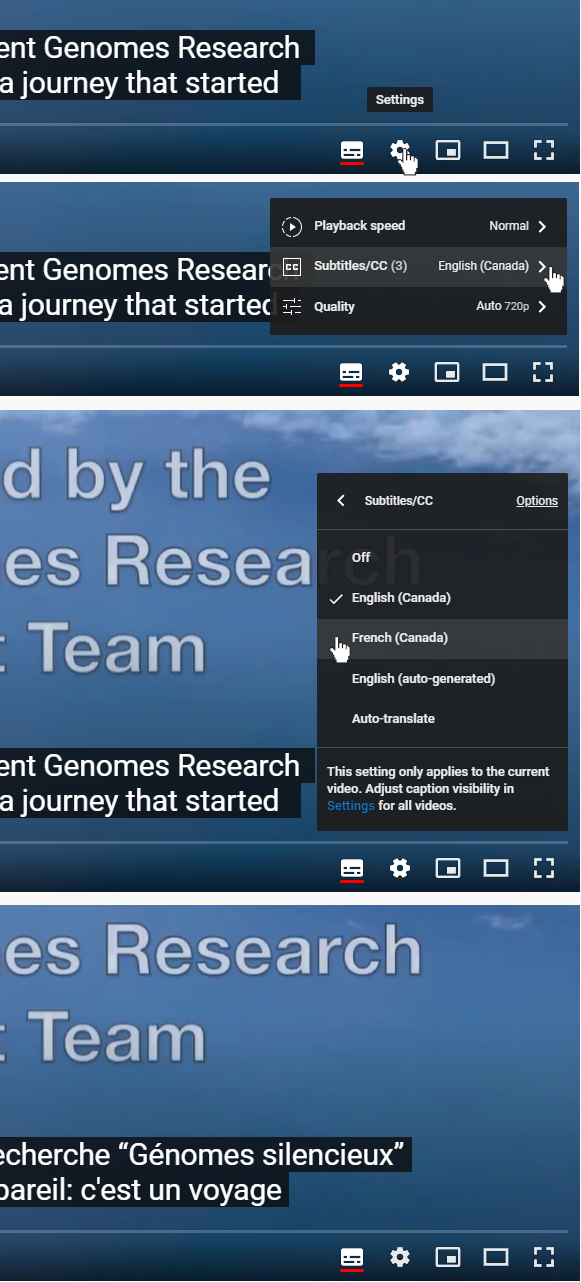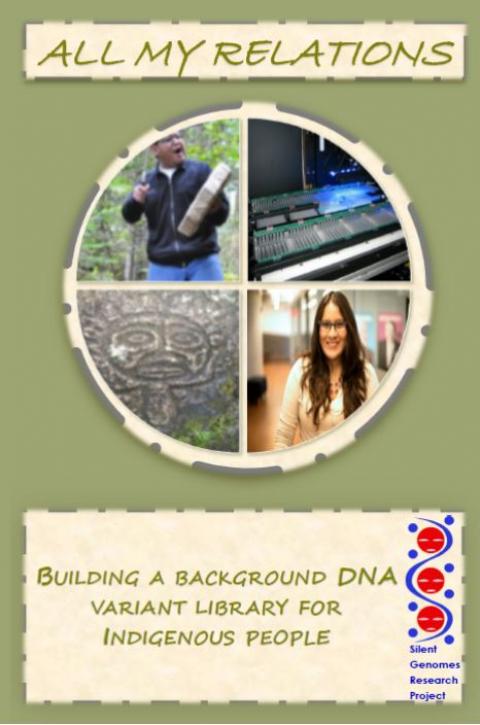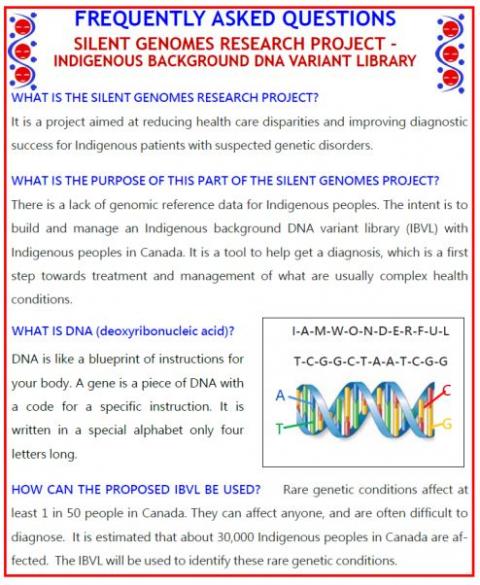DNA variants and building of the Indigenous Background Variant Library (IBVL)

- What are DNA variants?
-
DNA (deoxyribonucleic acid) is the genetic material in all of our cells, which we inherited from our parents. DNA provides the instructions for how our bodies work and is made of a long string of four different genetic 'letters' (A, C, G, and T) that our cells can read. The four letters are repeated over and over in different combinations or sequences, with the entire length of DNA in each of our cells containing 3 billion DNA letters.
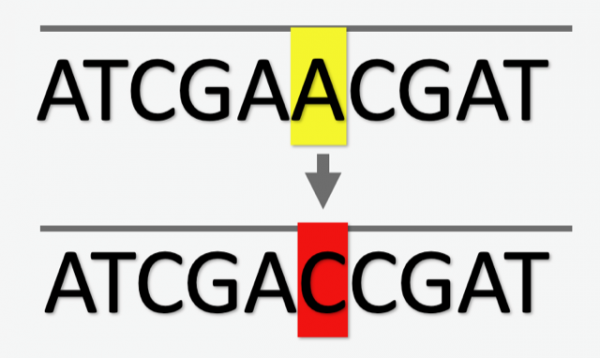
Figure 1: A DNA sequence from two individuals. Most of the sequence is the same for both individuals; however, a difference is visible (highlighted at one position). This difference is called a variant. Specifically, this variant is an A to C modification. All of humanity shares 99.9% of the same DNA letters. Even though we share most of the same DNA sequence, the 0.1% difference means that there are still many spots in our DNA where the letters differ between people — these letter differences are called 'variants'. In fact, each individual carries millions of variants, and this is part of what makes each of us unique. Most of these variants are harmless (non-disease-causing variants), but some may predispose to a health problem (disease-causing variants).
DNA variants can range from frequent to rare within any population (for example, as shown in Figure 2, 60% of people might have an A and 40% of people might have a C at a given DNA position).
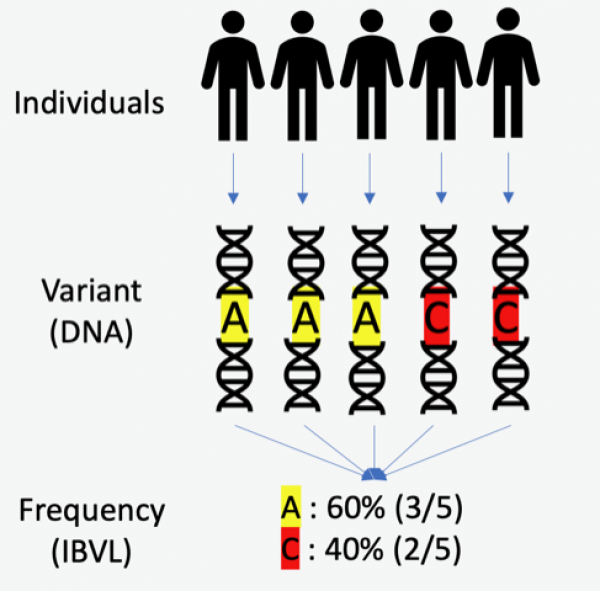
Figure 2: Representation of common variant distribution within a population of five individuals. The A variant is present in 60% of the population and the C variant is present in 40%. Both variants are considered common in this population. - What is a Background Variant Library (BVL)?
-
A Background Variant Library (BVL) is a list or collection of all the DNA variants in a group of people without severe genetic conditions, which helps to determine variants that are common or rare in the general population. If a variant is common in a group of 'healthy' people without severe genetic conditions, it is less likely to be responsible for a rare disease.
A number of BVLs already exist. These libraries are not physical collections of books or lists; but instead the DNA variant information is stored in computer databases. One example of such a library that is publicly available is gnomAD.
Genetic specialists and doctors use these BVLs as references to learn which DNA variants are common in people from various populations around the world. Remember that each person carries millions of DNA variants. When a patient with a suspected rare genetic disease has genetic testing to try to find the DNA variant causing their condition, it is a big job to sort through all the DNA variants found on their genetic test to find the 'suspect' disease variant that is causing their condition.
Acting like detectives, doctors can compare their patient's list of variants to those seen in a BVL and quickly rule out any of the common DNA variants found in people without rare diseases from their patient's specific population group. This then allows the doctors to focus on any rare variants on their patient's test report that are not seen (or seen only very rarely) in the library and are more likely to be disease-causing.
In summary, BVLs allow quick elimination of common variants seen in the general population in order to narrow in on the real 'suspects' for quicker diagnosis of genetic conditions.
- What is an Indigenous Background Variant Library (IBVL)?
-
The Indigenous Background Variant Library (IBVL) is a database showing the frequency of each DNA variant found in a population of Indigenous peoples who do not have severe pediatric genetic conditions.
Each population worldwide has genetic variants that are unique to them and are not present in the DNA of other populations or are found more or less frequently. The lack of an IBVL means that genetic specialists and doctors do not know which DNA variants are common and therefore less likely to be causing severe genetic disease in Indigenous peoples. This makes diagnosing genetic conditions in Indigenous patients much more difficult and less efficient than many other patients because doctors cannot quickly rule out the common variants seen in the general population as they seek to find the real 'suspect' variants that cause a patient’s rare disease. This unfortunately can result in delayed diagnosis, potentially less effective health management and treatment for patients, and ongoing stress for families due to unanswered questions.
The IBVL is a clinical tool created to improve the diagnosis of genetic diseases. It is NOT a biobank containing human samples. Nor will it be used to determine the level of Indigenous ancestry, geographical origins, or to challenge cultural beliefs. It will NOT be used for commercialization, patenting interests, or to provide ‘direct to consumer’ genetic test results to SGP participants.
The purpose is to provide access to the benefits of genomic medicine for Indigenous people.
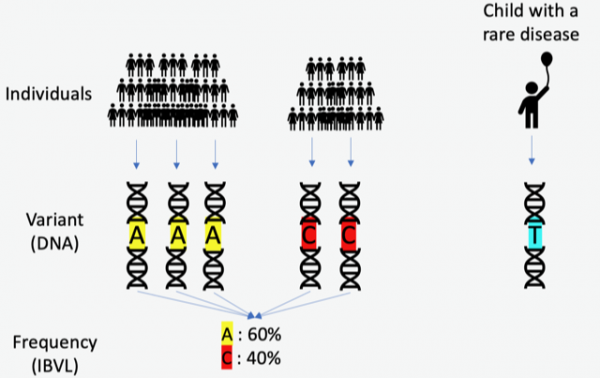
Figure 3: Example of how an Indigenous Background Variant Library could be used to diagnose a rare genetic disease. If the child with the T variant is Indigenous, without an IBVL, healthcare providers would not know if the T variant is common in Indigenous Peoples, and therefore could not be able to determine if it was likely to be disease-causing or not. However, with an IBVL to compare to, healthcare providers would see that the T variant is absent from the IBVL and therefore is a potential cause of the rare disorder. - Building an IBVL
-
The construction of the IBVL within the Silent Genomes Project extended well beyond technical endeavors, as the development of Indigenous governance guided the security reviews, development of software and data access processes. The S-GIRDD Steering Committee dedicated intense efforts to establishing a framework for user access and the release of variants that would both limit access to the intended purpose of clinical diagnosis and enable Indigenous patients to benefit from the IBVL in a timely manner. Bioinformaticians developed the software, which included the interface and variant calling pipeline (a process that helps scientists to filter genetic information to identify variants). They aligned the process with the specifications defined by the S-GIRDD Steering Committee and tested it on publicly available (non-Indigenous) datasets. The project team conducted the testing of the interface. Additionally, the Silent Genomes international advisory body (IIGAC) provided input into approaches to facilitate the safe sharing of Indigenous variants for clinical diagnostic purposes in certain circumstances. In parallel, the community engagement coordinators as well as the project leadership communicated with communities, ensuring approval for sample transfer and full transparency of the processes involved.
- How is the IBVL information stored?
-
A key principle of the IBVL is that no individual data (a list of all the DNA variants detected in a single person) will be available. Only population frequencies of the variants (how often each variant was seen in the overall population) will be included. That is, variant information from each participant is merged as one set of data to ensure that no one person’s data could be recognized or accessed in any way. Access to the data is for the purpose of clinical diagnosis only. Downloading the full data set from the IBVL database is not allowed.
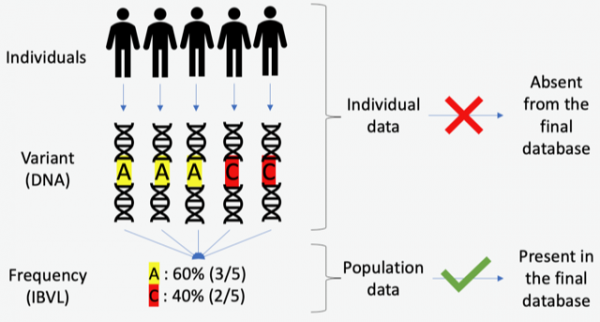
Figure 4: Individual data is not present in the IBVL; only population data is present. The IBVL database is housed on an institutional server at the BC Children's Hospital Research Institute (BCCHR) in Vancouver, BC, which is protected by strict security measures, is regularly audited, password-protected, and can only be accessed by authorized personnel.
SG-IBVL Governance Committee and Indigenous data governance

- Governance of the IBVL
-
Governance of the data generated within the Silent Genomes project was established by the Silent Genomes Indigenous Rare Disease Diagnosis (S-GIRDD) Steering Committee consisting of Indigenous patients, community members, and representatives of Indigenous organizations (First Nations Health Authority, Métis National Council). The committee developed its Terms of Reference, established the variant release process for IBVL users, and developed a review protocol for reports and manuscripts if publications arise from the generation of data for the IBVL.
As the IBVL became available to approved health care professionals, the S-GIRDD Steering Committee transformed into the SG-IBVL Governance Committee, ensuring sustained governance for the IBVL. The SG-IBVL Governance Committee provides cultural oversight and strategic advice and decisions in support of the collaborative expansion and utilization of the IBVL, including respectful, culturally safe policies regarding access to data for clinical diagnoses and related research, while engaging future generations of Indigenous scholars and community members.

The Committee is Indigenous-led and Indigenous operationalized, including Knowledge Carriers/Elders, members from First Nations, Métis, and Inuit communities, including those with connections to genetic conditions or connected to the Canadian Alliance of Healthy Hearts and Minds, Indigenous scholars, youth, and emerging leaders. The SG-IBVL Governance Committee works alongside the Silent Genomes team in consultation and partnership with Indigenous communities and leaders as the IBVL expands, to ensure that participating Indigenous individuals, families, and communities have their genomic data securely protected, used ethically within the scope of consent, governed by Indigenous data sovereignty principles, and safeguarded with transparency, accountability, and culturally appropriate oversight throughout the IBVL's existence and beyond. Roles, responsibilities, and other pertinent information can be found in the Terms of Reference.
- Is this the only option for Indigenous governance of genomic data?
-
Other projects or regions can build their own Indigenous governance structures if they prefer. Silent Genomes offers one option that is already operating, aligned with OCAP, UNDRIP and the CARE Principles.
Pan-Canadian Genome Library and genomic research

- What is the Pan-Canadian Genome Library (PCGL)?
-
PCGL is envisioned as a national system that helps doctors and researchers learn from genetic data across Canada, so genetic testing and treatment can work better for all Canadians. There are many gaps in public reference genomic data and related research for non-European populations, and about half of Canada report their ancestry to be non-European.
Importantly, for Indigenous people most medical genetic evidence comes from populations that did not include Indigenous Peoples, which means the results often do not fully apply to Indigenous families. Relevant genetic reference data can be critical during cancer diagnoses, rare childhood conditions, or sudden serious illness. If Indigenous peoples are not included, doctors may rely on evidence that does not fit, and precision medicine can actually widen health gaps instead of closing them.
- Where would Indigenous data sit in this system?
-
Indigenous participants who choose to take part in genomic research may opt to place their data in the IBVL. The IBVL has partnered with the PCGL to ensure that Indigenous people have the same opportunities for research as other Canadians, while their data is being protected. The Silent Genomes project has already shown that Indigenous participation in genomic research can be done respectfully, safely, and in line with OCAP and UNDRIP. Silent Genomes' IBVL is governed by an Indigenous-led governance committee. The governance of the IBVL is separate from the PCGL. This approach is called a federated model. A helpful way to think about it is a library: many books are in the library, but each book stays separate. Data from Indigenous people who have asked for governance remain distinct and are not mixed with other datasets.
- Who decides how Indigenous data can be used?
-
There are already established rules and conditions for IBVL access, which are focused on establishing a patient’s diagnosis and on health research that is relevant to Indigenous people. There is no open access for researchers to use the IBVL. In every case where a research project requires Indigenous data, the SG-IBVL Governance Committee comes together to determine how exactly this research can benefit Indigenous people, how results will be shared with the community, whether there are cultural or other risks, and how those will be addressed. The SG-IBVL Governance Committee reviews any publications that come from SG-IBVL research to ensure cultural respect. These rules are already in place and do not change if the data relate to the national system.
Who is doing this study?
The IBVL construction is led by Dr. Wyeth W. Wasserman, a specialist in the use of computers in medicine. Drs. Wyeth Wasserman, Laura Arbour, and Nadine Caron, are leading the overall Silent Genomes Project. There are other experts in this field (Dr. Ripan Mahli, and Dr. Simon Gravel) along with a number of trainees who are involved.
Please see our Activity 3 Team.
IBVL Educational Materials:
What is an Indigenous Background Variant Library (IBVL) and how could it help address health inequities across Canada and beyond?
Video | 11:56
- Comment activer les sous-titres en français ?
-
